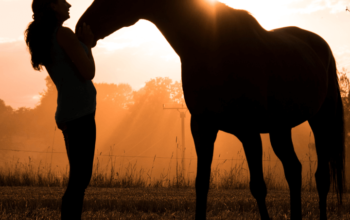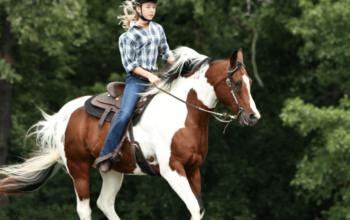
Horses come in a breathtaking array of colors and patterns, each contributing to their individual beauty and uniqueness. From solid hues to intricate markings, the variety found within the equine world is as diverse as it is captivating. In this article, we delve into the intricacies of horse colorations and patterns, uncovering the science behind their creation and the cultural significance they hold.
At the core of horse color genetics lie four primary coat colors: bay, black, chestnut, and gray. These fundamental hues serve as the foundation upon which more complex color variations are built.
Bay: Bay horses typically possess a reddish-brown coat with black points, including their mane, tail, and lower legs.
Black: Black horses exhibit a uniformly dark coat color, often accompanied by black points.
Chestnut: Chestnut horses range in shades from light golden to deep mahogany, with variations in intensity and richness.
Gray: Gray horses are born with a dark coat that progressively lightens with age, eventually turning white or flecked with gray hairs.
In addition to basic colors, horses can also display a myriad of patterns, resulting from genetic variations that influence pigment distribution across the coat. Some of the most common patterns include:
- Tobiano: Tobiano-patterned horses feature large, rounded patches of white interspersed with colored areas. The white patches typically cross over the horse’s topline, with the colored areas extending down the legs.
- Overo: Overo-patterned horses exhibit irregular, scattered patches of color on a predominantly white background. Unlike Tobiano, Overo patterns rarely cross the horse’s topline and often feature white markings on the face and legs.
- Tovero: Tovero is a combination of Tobiano and Overo patterns, resulting in a horse with both large, defined patches of color and scattered, irregular markings.
- Appaloosa: Appaloosa horses are known for their distinctive coat patterns, which often include spots, speckles, or roaning over a white base. These patterns can vary widely in size, shape, and density.
- Roan: Roan horses possess a mixture of white and colored hairs evenly distributed throughout the coat, creating a soft, blended appearance. Common roan variations include blue roan (black with white hairs) and red roan (chestnut with white hairs).
Throughout history, horse colorations and patterns have held cultural significance in various societies. In some cultures, certain colors were believed to convey strength, speed, or divine favor, influencing their symbolism and use in rituals and ceremonies. Additionally, specific coat patterns were prized for their rarity or perceived mystical qualities, leading to their association with nobility or special status.
Beyond their aesthetic appeal, horse colorations and patterns can also have practical implications for breeders, trainers, and riders. Certain colors and patterns may be preferred or advantageous in particular disciplines, such as showing or racing, while others may be associated with genetic traits or health considerations.
The world of horse colorations and patterns is a fascinating realm filled with beauty, diversity, and cultural significance. From the majestic bay to the striking Appaloosa, each horse’s coat tells a story of genetic inheritance, environmental influences, and human appreciation. By understanding the science behind these variations, we gain a deeper appreciation for the remarkable diversity found within the equine world.


